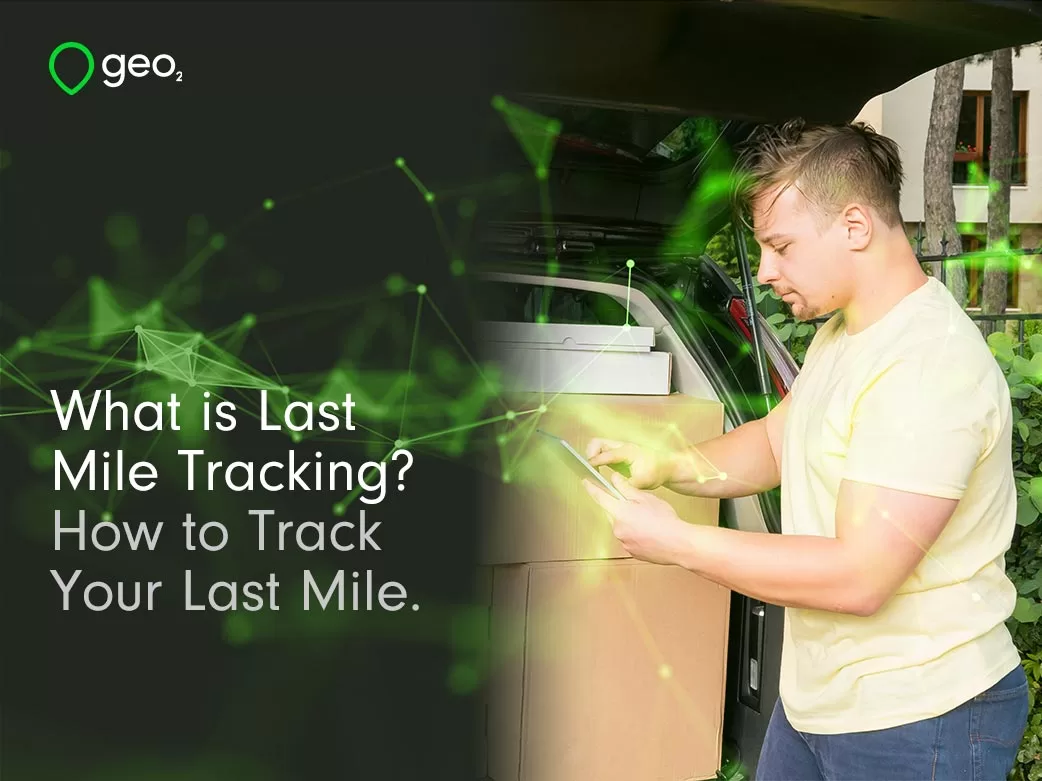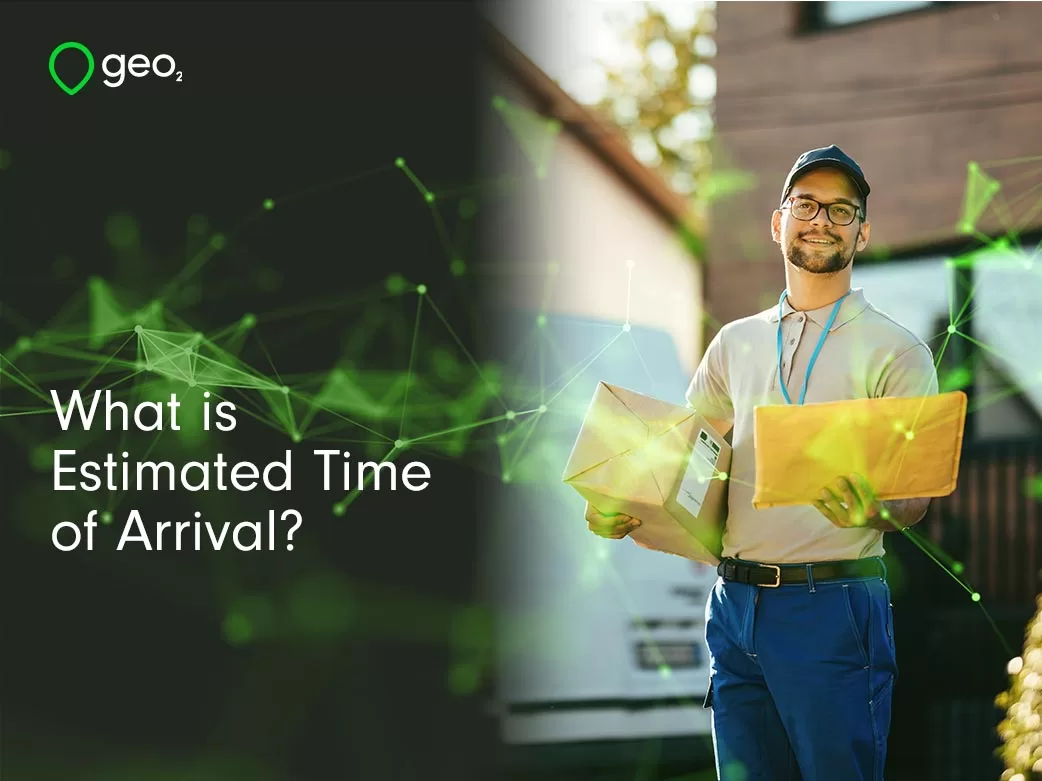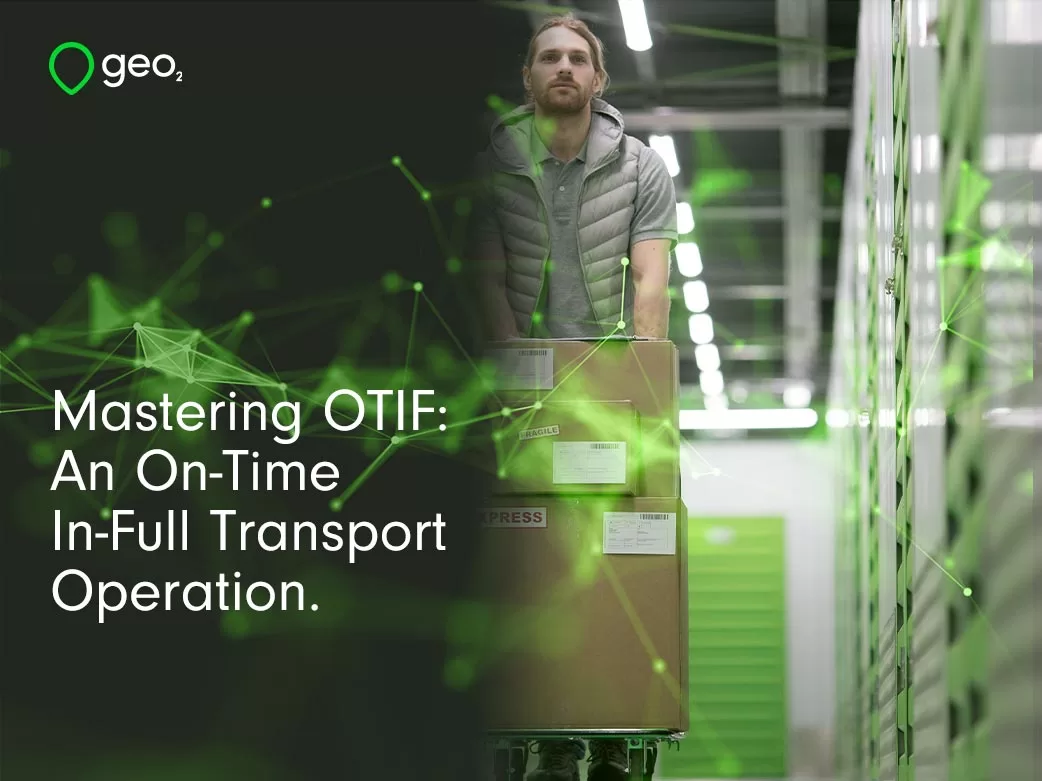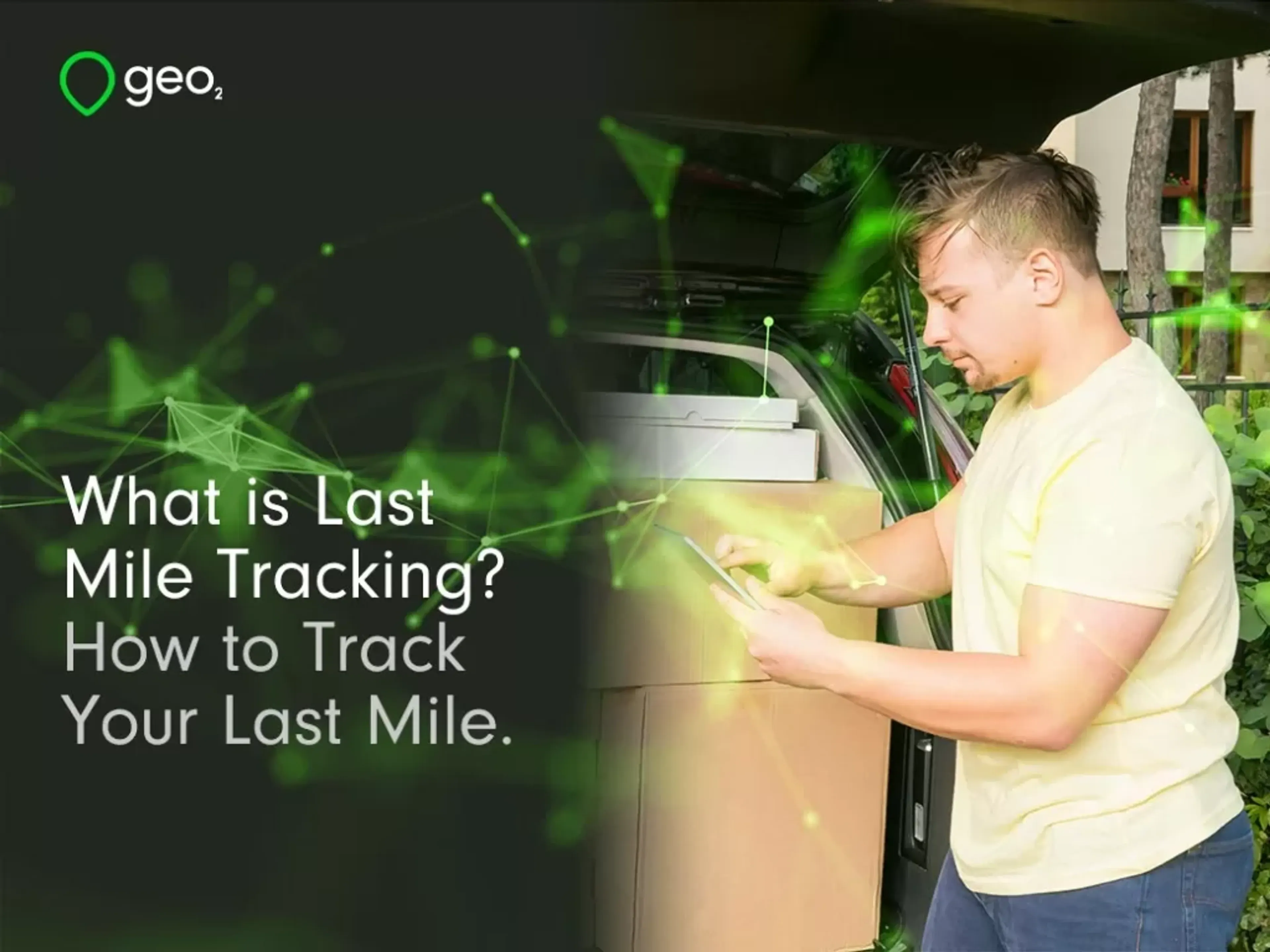
What is Last Mile Tracking? How to Track Your Last Mile.
In an era where consumers expect their goods faster than you can say 'Amazon prime', efficient logistics and savvy tracking are key players in the game. For delivery companies, transport managers, and operations specialists, mastering the last mile delivery process is not just a competitive edge, it's a necessity.
Introduction.
In an era where consumers expect their goods faster than you can say 'Amazon prime', efficient logistics and savvy tracking are key players in the game. For delivery companies, transport managers, and operations specialists, mastering the last mile delivery process is not just a competitive edge, it's a necessity.
Last mile tracking is at the forefront of this challenge, offering businesses a real-time understanding of their fleet's location and performance. But what is last mile tracking, why is it so crucial, and how can you implement it in your delivery operations? This guide provides an in-depth look at last mile tracking and its impact on the delivery industry.
Need help choosing a TMS?
Download the Free Guide Now.

Last Mile Tracking Clarified.
When you order a product online, it's in the company's best interest to deliver it to you as quickly as possible. The final leg of this delivery, known as the 'last mile', is often the most challenging. Last mile tracking refers to the process of monitoring these shipments as they make their way to their final destinations. This can include tracking the carrier's progress, assessing delivery time predictions, and ensuring that the recipient is prepared to receive their goods.
The Role of Technology in Last Mile Solutions.
In recent years, the last mile delivery landscape has evolved to incorporate numerous technological advancements that facilitate tracking. Devices such as GPS systems, barcoding, and radio-frequency identification (RFID) scanners are just a few technologies that have revolutionized routines. More recently, IoT sensors and predictive analytics have been deployed to further optimize delivery processes, enhancing efficiency and customer satisfaction.
Understanding Last Mile Tracking.
The significance of last mile tracking cannot be overstated. It offers businesses a priceless insight into the efficiency and effectiveness of their delivery operations, helps identify and solve potential issues before they escalate, and contributes to an overall smooth customer experience.
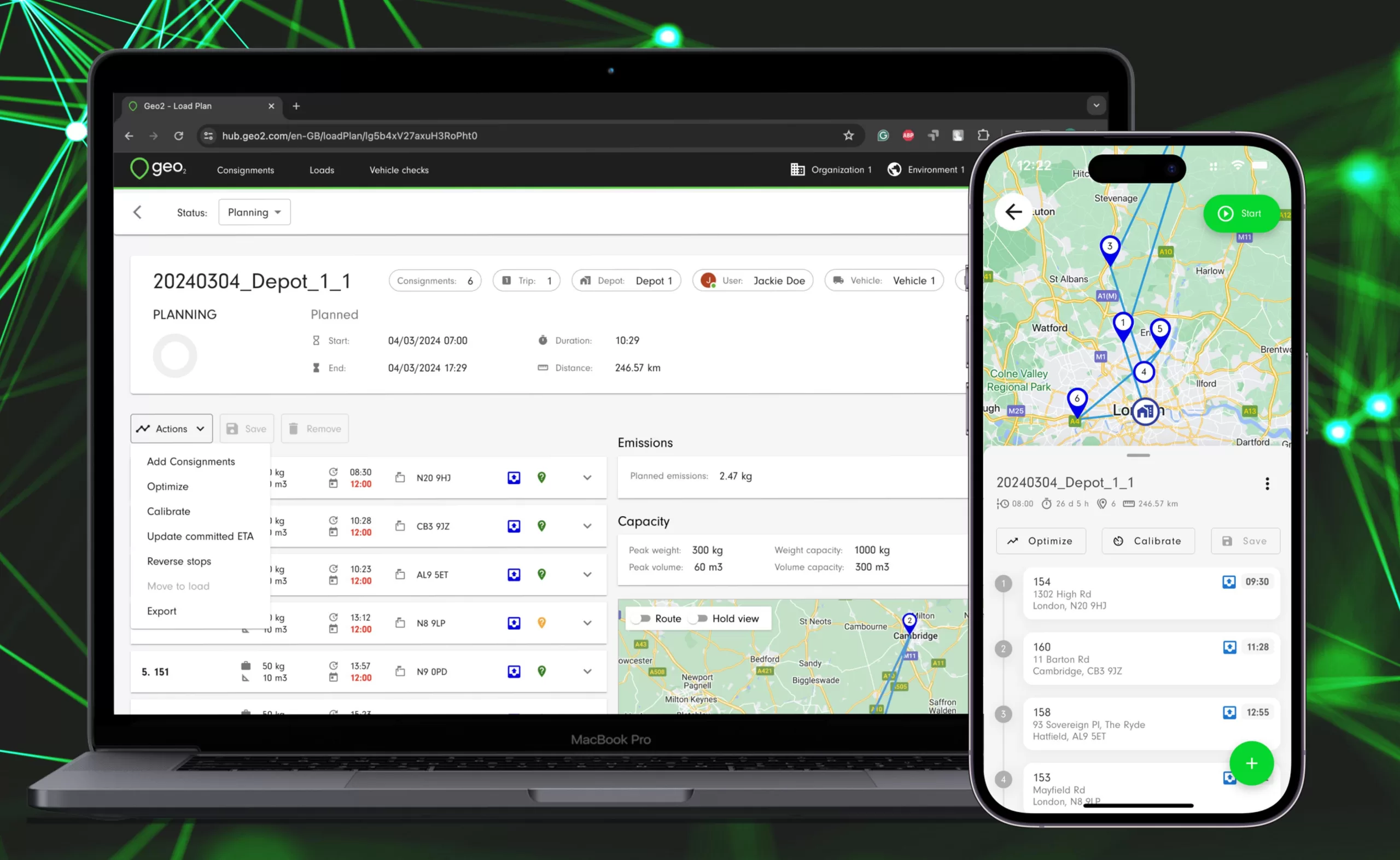
The Benefits of Last Mile Tracking.
Companies that track their deliveries closely see many benefits. They make customers happier, plan routes better, and adjust delivery times and staff on the go. This information helps them quickly fix any issues like delays or wrong addresses, reducing complaints and bad reviews.
With the rise of e-commerce and online shopping, last mile tracking has become increasingly crucial for businesses. Customers now have higher expectations for fast and accurate deliveries, making it vital for companies to have a streamlined and efficient process in place.
The Role of Technology in Last Mile Tracking.
Advancements in technology have greatly improved last mile tracking capabilities. Businesses using GPS tracking systems and real-time data analysis tools can closely monitor their delivery operations and instantly make necessary adjustments. Moreover, they can send automated notifications to customers about their order status and estimated time of arrival, ensuring transparency.
Enhanced Customer Satisfaction.
Last mile tracking allows for transparent communication with customers about their delivery. This not only sets expectations but also enables customers to plan around the delivery, ensuring that their package is safe and received promptly.
Route Optimization and Real-Time Visibility.
With accurate tracking, transport managers can analyze delivery data to make informed decisions quickly. This leads to more efficient routing that can result in cost savings and reduced carbon footprints. Real-time visibility also allows for quick responses to any unexpected delays or issues, ensuring timely delivery.
Seamless Integration with Existing Systems.
Last mile tracking can easily integrate with existing transportation management systems, warehouse management systems, and other supply chain software. This ensures a smooth flow of data across all platforms and eliminates the need for manual entry, reducing errors and increasing efficiency.
Improved Inventory Management.
By accurately tracking deliveries and receiving real-time updates on inventory levels, businesses can better manage their inventory and avoid over or understocking. This leads to cost savings and helps meet customer demand more efficiently.
In conclusion, last mile tracking is crucial for businesses to ensure efficient and transparent delivery of goods to customers. It not only improves customer satisfaction but also leads to cost savings
Accountability and Proof of Delivery.
Tracking doesn't just cover where a shipment is; it also ensures it gets to its rightful owner. Last mile tracking can provide proof of delivery, a crucial aspect of any delivery service.

Last Mile Tracking Solutions.
Several tools and technologies have emerged to help track the last mile, each with its unique set of benefits and features.
GPS Tracking Systems.
GPS systems installed in delivery vehicles allow for precise location tracking. Real-time data from these systems can be used to monitor delivery progress and even predict arrival times with a reasonable degree of accuracy.
Mobile Apps for Carriers.
Delivery staff utilize mobile applications to update their status, scan barcodes, and communicate with dispatch teams. These apps are user-friendly and often integrated with backend systems for seamless tracking.
Barcode and RFID Scanners.
By scanning barcodes or RFID tags, carriers update the location and status of the package in real time. These technologies are particularly helpful with large or complicated delivery routes.
How to Track Your Last Mile Carrier
Implementing a last mile tracking system involves several steps, each designed to ensure a smooth and effective operation.
Step-by-Step Implementation.
The implementation process begins with an analysis of your current delivery system, followed by the selection and deployment of the tracking technology that best fits your needs.
Choosing the Right Tracking Solution.
Your choice of last mile tracking solution depends on various factors, including the size of your fleet, the types of packages being delivered, and your customer expectations. Being mindful of your unique business requirements is key to selecting the most appropriate tool. Some popular last mile tracking solutions include GPS tracking, RFID technology, and barcode scanning.
GPS Tracking.
GPS (Global Positioning System) tracking is a popular choice for last mile carriers as it provides real-time location data of the delivery vehicle. This allows dispatchers to monitor routes and make adjustments in case of any delays or route changes. It also gives customers the ability to track their package in real-time and receive accurate estimated delivery times. If you are looking for this solution Geo2 has real-time tracking functionality, meaning customers always know the whereabouts of their delivery.
RFID Technology.
RFID technology uses radio waves to send information from a tag on the package to a reader. This makes scanning packages fast and easy, helping to track where they are during delivery. RFID technology is especially useful for high-volume deliveries
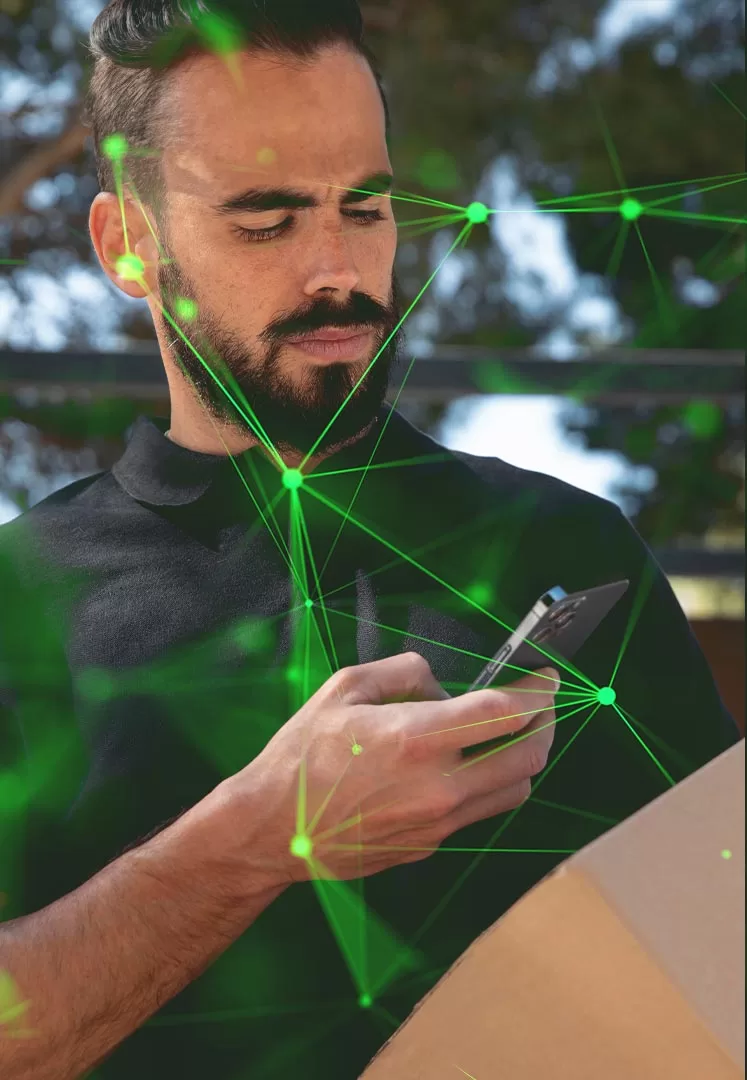
Future Trends in Last Mile Tracking.
The future promises even more sophisticated last mile solutions that leverage the power of emerging technologies.
The Emergence of Predictive Analytics.
Predictive analytics is set to transform the way delivery companies manage their last mile. By analyzing historical and real-time data, predictive models can forecast potential disruptions and optimize delivery timeframes.
Autonomous Vehicles and Drones.
The utilization of autonomous vehicles and drones for last mile delivery could redefine speed and efficiency. Although still in their infancy, these technologies are showing immense potential for the future.
Sustainable Last Mile Solutions.
Finally, the push towards sustainability will drive innovation in how companies approach last mile tracking. From electric fleets to optimized delivery routes, the spotlight is on eco-friendly practices without compromising speed and service.
Another aspect to consider is the rise of e-commerce and the increasing demand for fast and reliable delivery. With more people turning to online shopping, there is a growing need for efficient last mile solutions.
One solution that has gained traction in recent years is Crowdshipping, which involves utilizing everyday individuals as delivery drivers. This not only helps reduce costs for companies but also offers flexible job opportunities for individuals.
In addition, many companies are exploring alternative methods such as bike couriers and electric vehicles to minimize their carbon footprint while still delivering on time. These sustainable practices not only benefit the environment but also appeal to socially conscious consumers.
Also, tech improvements like route optimization software and GPS tracking have made last mile deliveries much faster and more accurate.
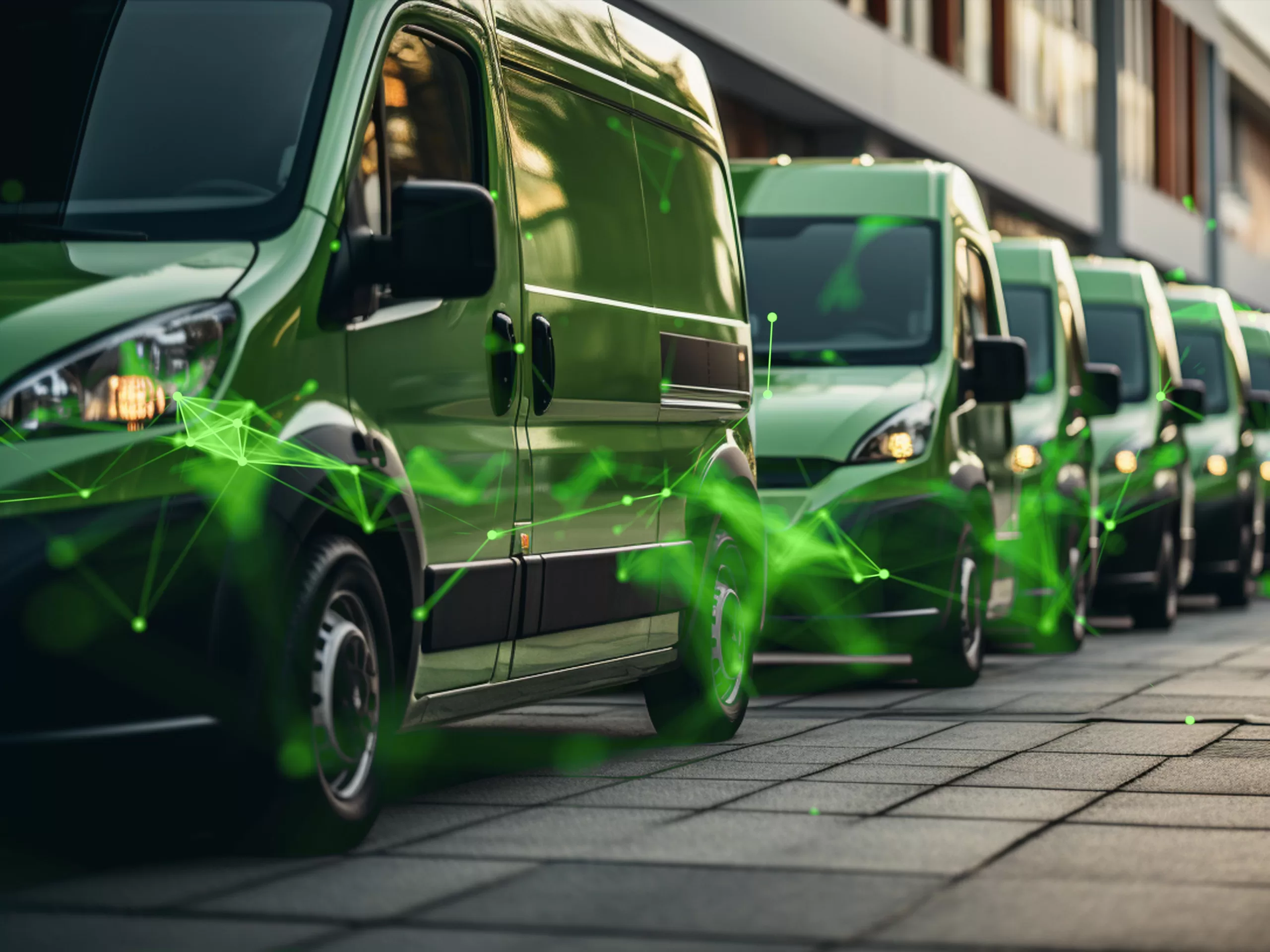
Conclusion.
Last mile tracking is an essential component of successful delivery logistics, critical for enhancing customer satisfaction and optimizing operational performance. As the demands of the market grow, so do the opportunities to innovate delivery tracking.
For businesses looking to stay ahead, investing in last mile tracking is not just a smart move; it's the new standard. By keeping pace with this dynamic field, companies can ensure they are not only meeting but exceeding customer expectations. The future of last mile tracking is here, and it's time to make it a part of your delivery strategy.

